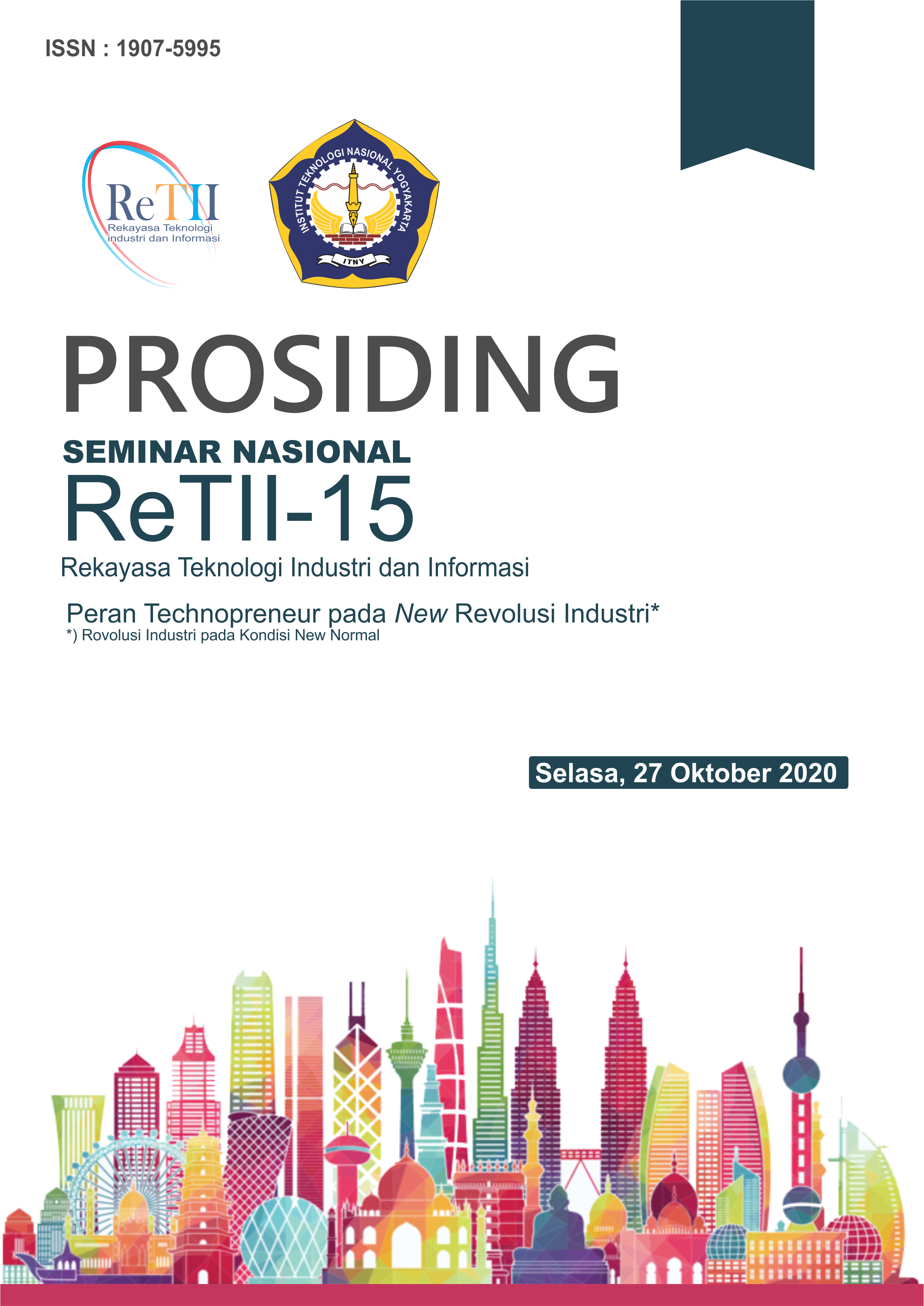Limestone Hardness Classification Based on Compressive Strength Value in Ponjong District, Semanu District, and Tanjungsari District, Gunung Kidul Regency, Yogyakarta
Keywords:
Batugamping, Kuat Tekan, Gunung KidulAbstract
In mining and civil fields, knowing the hardness and strength of rock materials is very important to avoid mistakes in geotechnical planning. Rock strength values ​​can be obtained from direct field testing using a Schmidt Hammer or through laboratory testing such as uniaxial compressive strength. Based on previous research, only the uniaxial compressive strength value can be known the hardness of the rock being tested. The research method used is to analyze the results of the limestone compressive strength test data in Gunung Kidul from several previous research journals and from laboratory tests conducted by the author. Based on the analysis, limestone hardness in Ponjong, Semanu, and Tanjungsari Subdistricts according to the Bieniawski classification are in the Soft and Very Soft categories. Meanwhile, according to the Tamrock classification, it is classified in the Soft category with a Mohs scale of 2-3 and Fairly Soft with a Mohs scale of 3-4.5 and poor roughness. And according to the classification of Attawell and Farmer, it belongs to the Very Weak and Weak categories. The range of limestone compressive strength values ​​in the three districts is generally between 10 - 40 MPa.
References
[2] Attewal PB dan Farmer IW. Principles of engineering geology. Chapman dan Hall. London. 1976.
[3] Bieniawski ZT. Estimating the strength of rock materials. J. S. African Institute of Mining and Metallurgy, 1974, Vol. 74, No. 8: 312-320.
[4] Fitria AN,dkk. Pengaruh Penambahan Larutan MgCl2 pada Sintesis Kalsium Karbonat Presipitat Berbahan Dasar Batu Kapur dengan Metode Karbonasi. Jurnal Sains dan Seni ITS. Vol. 1, No. 1, September 2012.
[5] Jasruddin,dkk. Karakterisasi Kalsium Karbonat (Ca(Co3)) dari Batu Kapur Kelurahan Tellu Limpoe Kecamatan Suppa. Jurnal Sains dan Pendidikan Fisika. Jilid 11, No. 2, Agustus 2015.
[6] Made AR, Suseno K, dan Ridho KW. Mekanika Batuan. Bandung: Penerbit ITB. 2014: 94-95.
[7] Munasir,dkk. Uji XRD Dan XRF Pada Bahan Meneral (Batuan Dan Pasir) Sebagai Sumber Material Cerdas (CaCO3 dan SiO2). Jurnal Penelitian Fisika dan Aplikasinya (JPFA). Vol. 2, No. 1, Juni 2012.
[8] Nugroho B, Pulung AP, dan Edi PU. "Kualitas Batugamping Berdasarkan Analisis Klasifikasi Geomekanik Di Goa Seropan, Gunung Kidul, Yogyakarta." Bulletin of Scientific Contribution: GEOLOGY 14.1 (2016): 55-62.
[9] Sukandarrumidi. Bahan Galian Industri. Yogyakart: Gajah Mada University Press. 1998: 39.
[10] Wijaya RAE dan Dianto I. "Estimasi Kekuatan Batugamping Dengan Menggunakan Schmidt Hammer Tipe L Pada Daerah Prospek Tambang Kuari Batugamping Di Gunung Sudo Kabupaten Gunung Kidul Propinsi Daerah Istimewa Yogyakarta." ReTII (2015).
[11] Wiloso DA, dan Ratmy Ratmy. "Analisis Porositas Batugamping Sebagai Akuifer Di Desa Ponjong, Kecamatan Ponjong Kabupaten Gunungkidul, Daerah Istimewa Yogyakarta." Jurnal Teknologi 11.2 (2018): 125-132.
Downloads
Published
How to Cite
Issue
Section
License
Prosiding ini memberikan akses terbuka langsung ke isinya dengan prinsip bahwa membuat penelitian tersedia secara gratis untuk publik mendukung pertukaran pengetahuan global yang lebih besar.
Semua artikel yang diterbitkan Open Access akan segera dan secara permanen gratis untuk dibaca dan diunduh semua orang.


